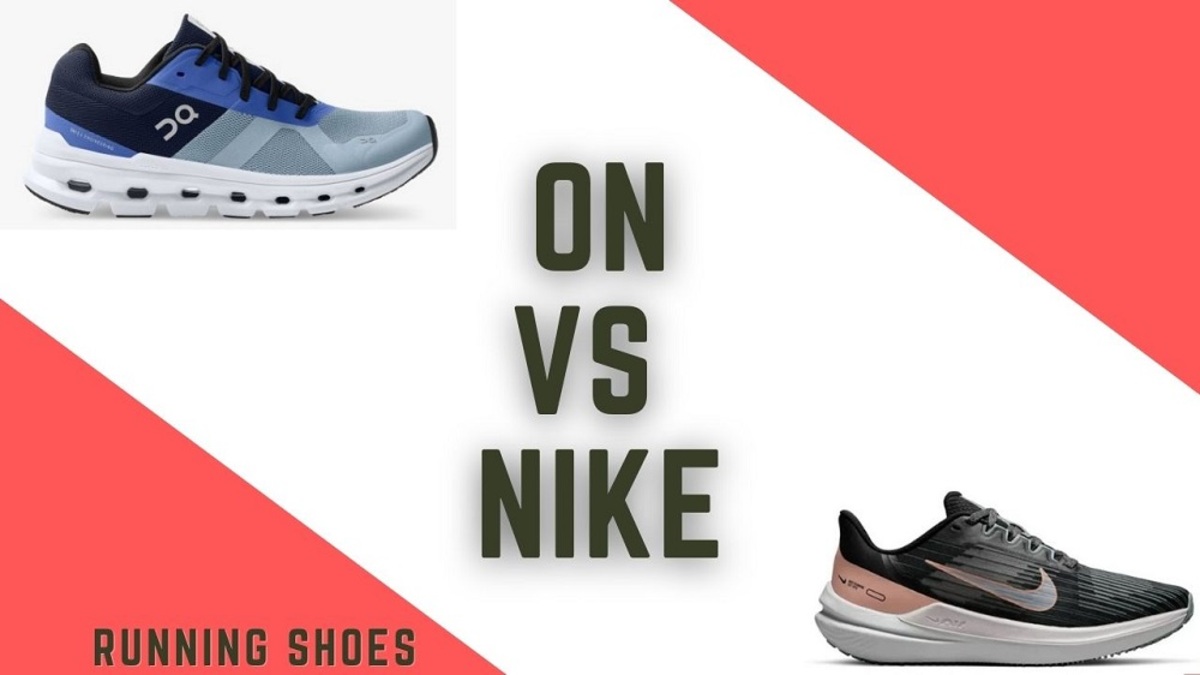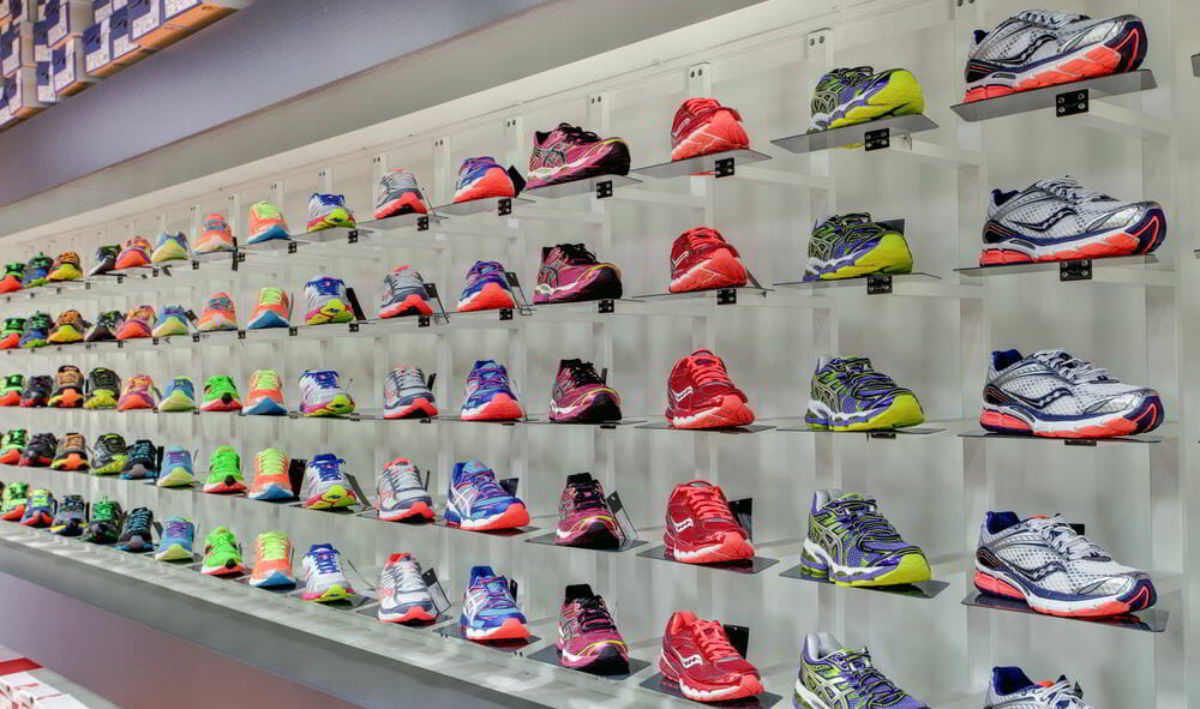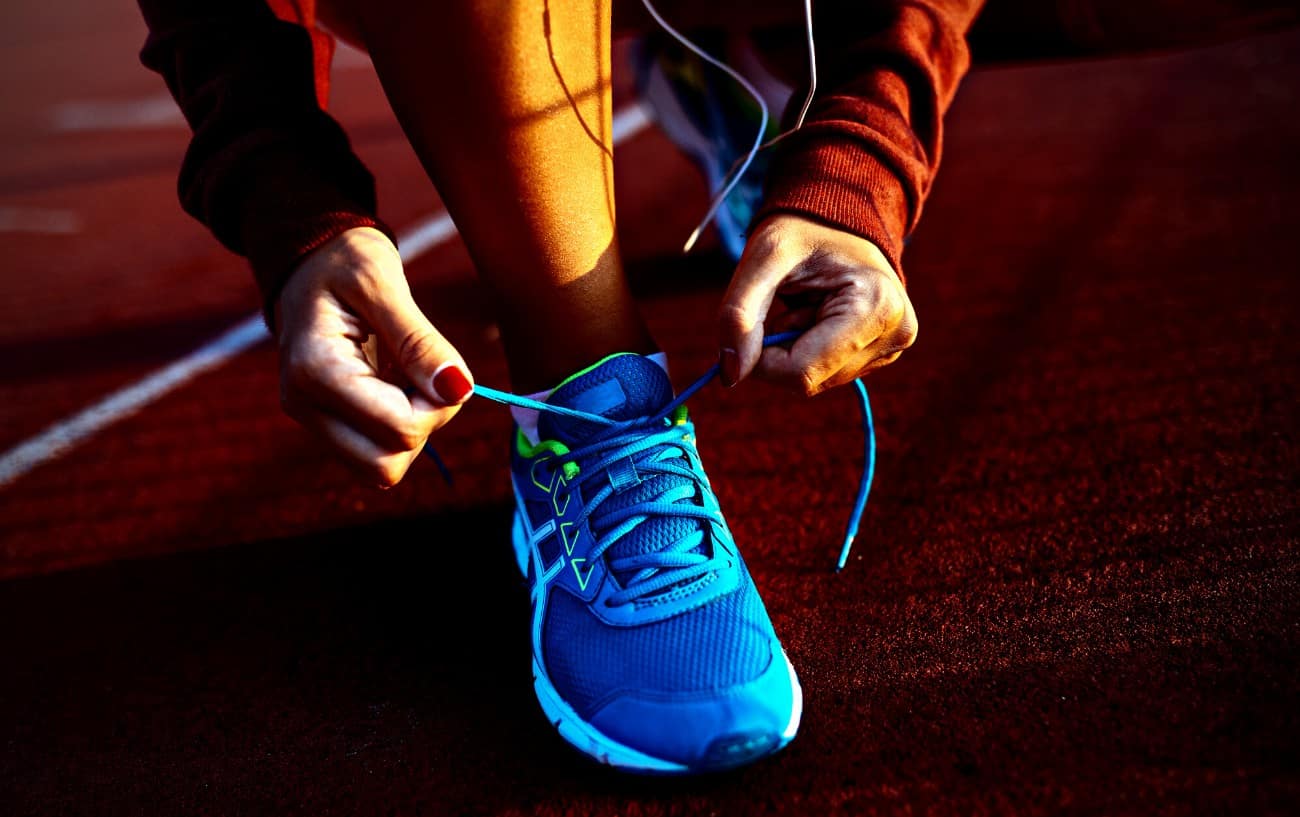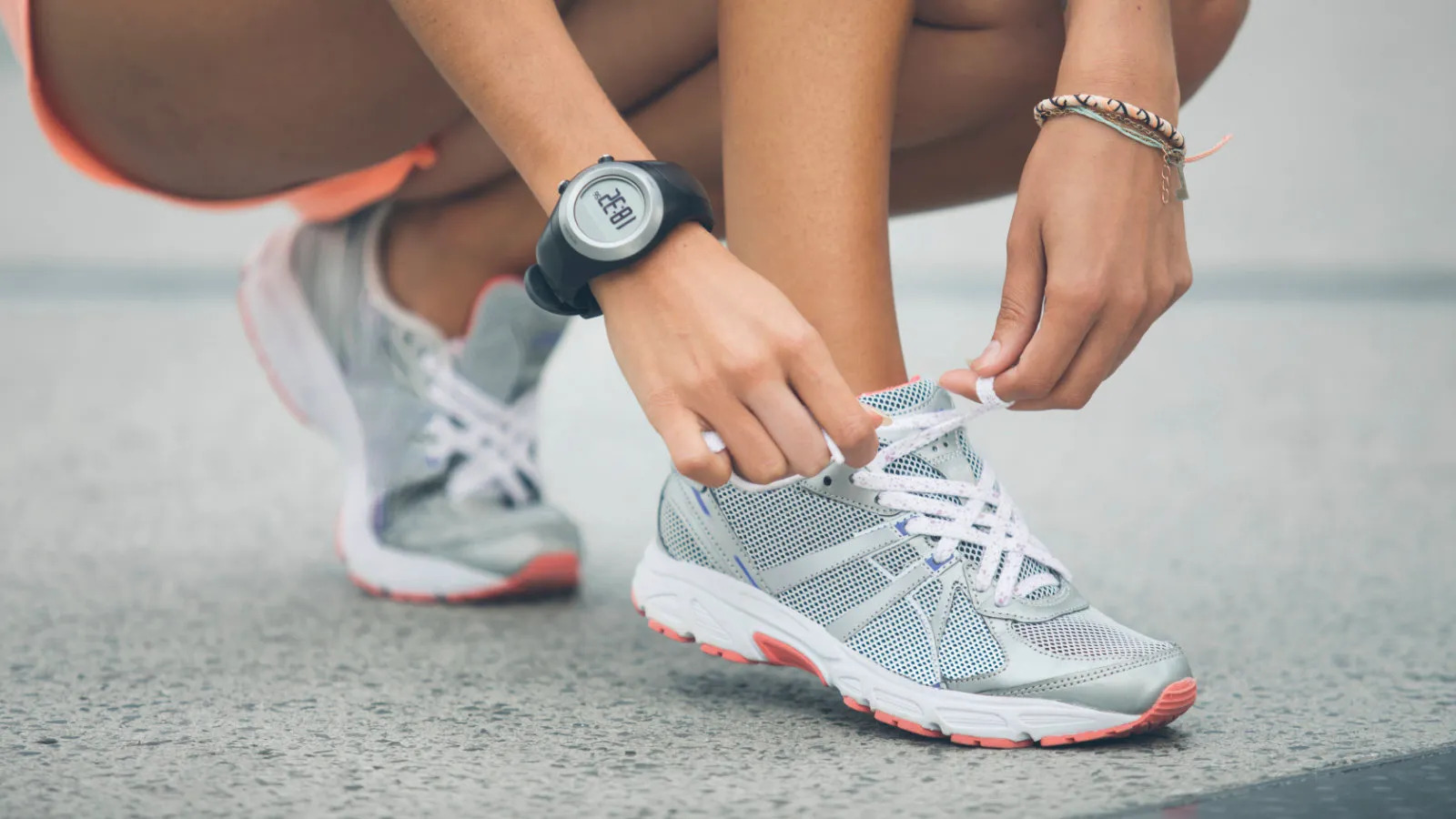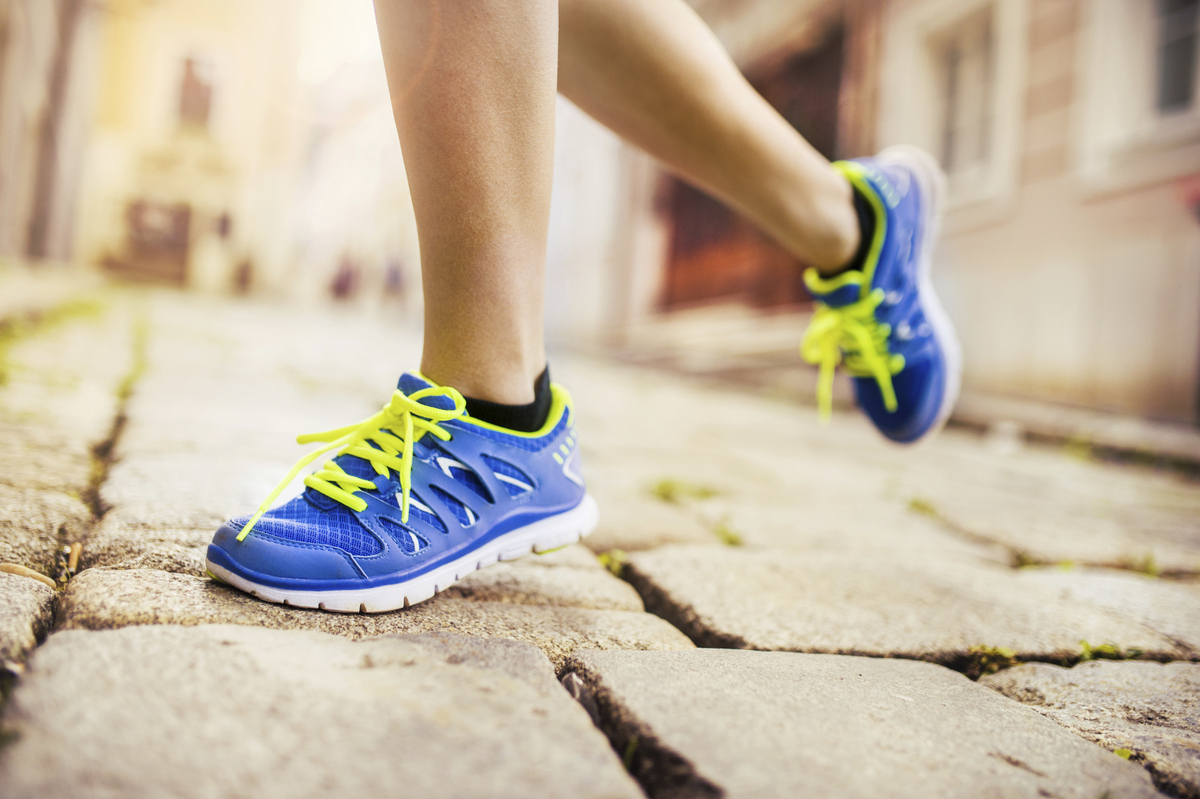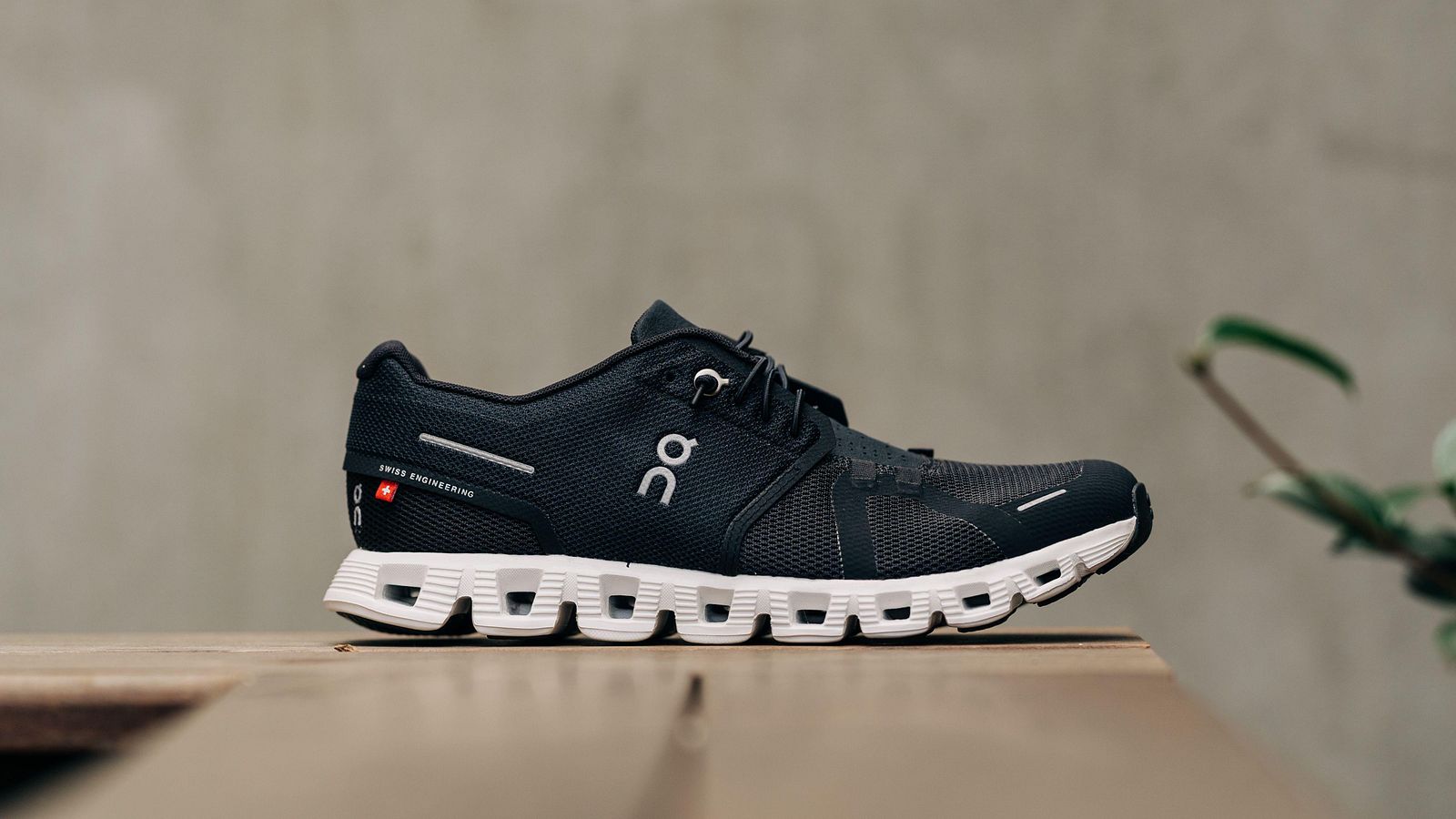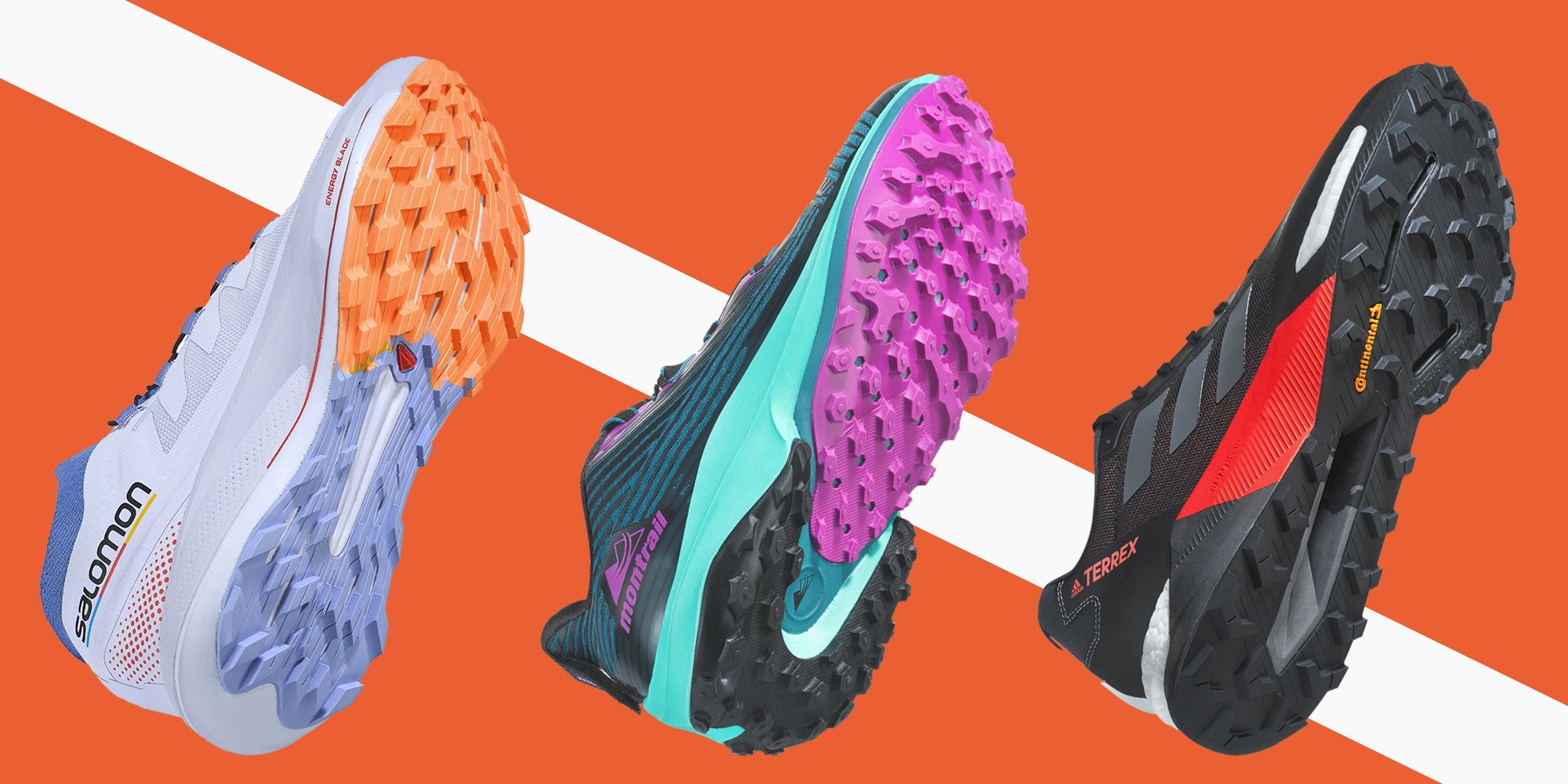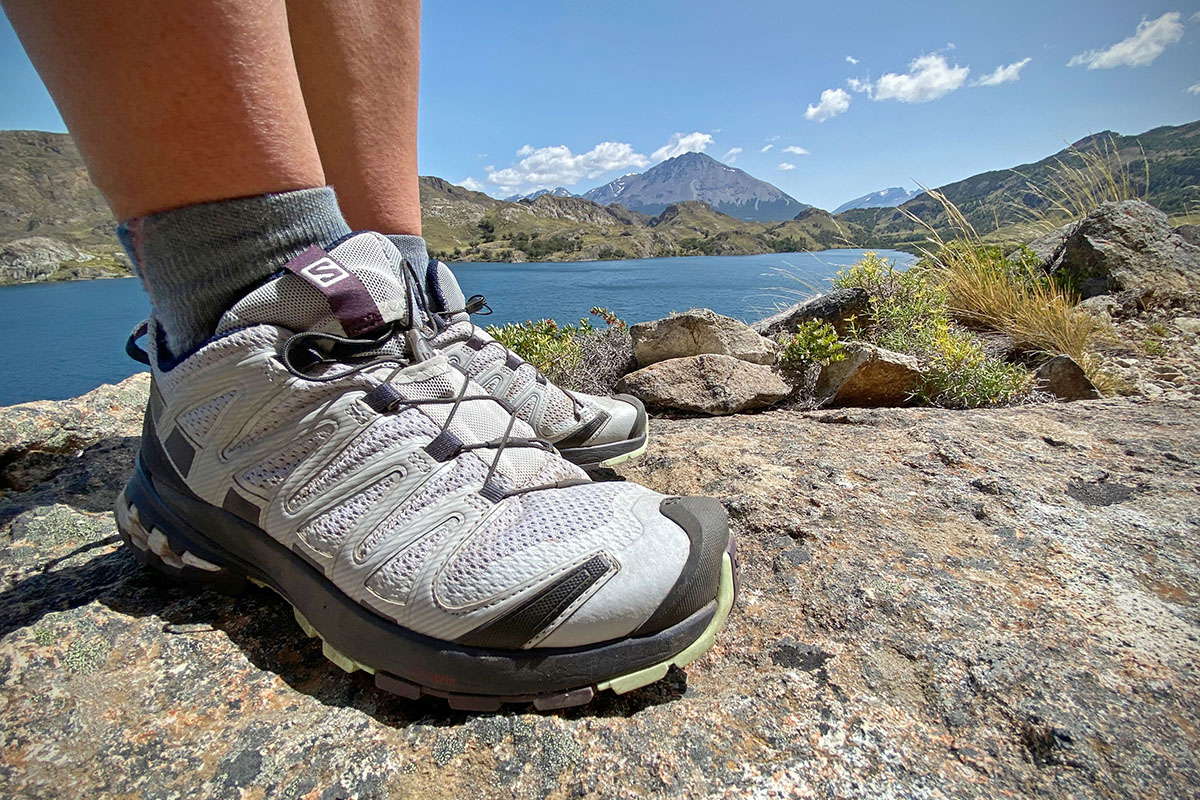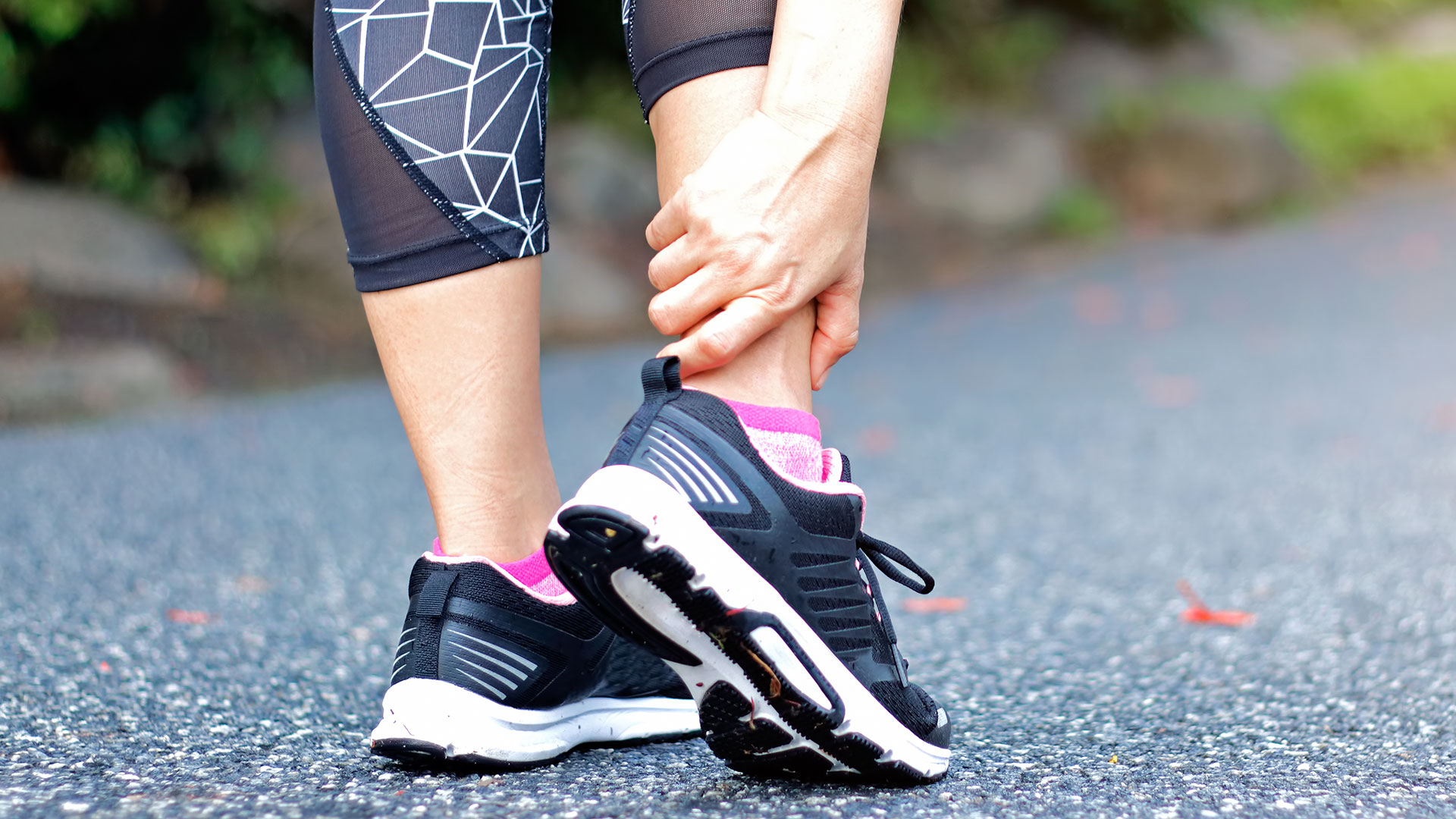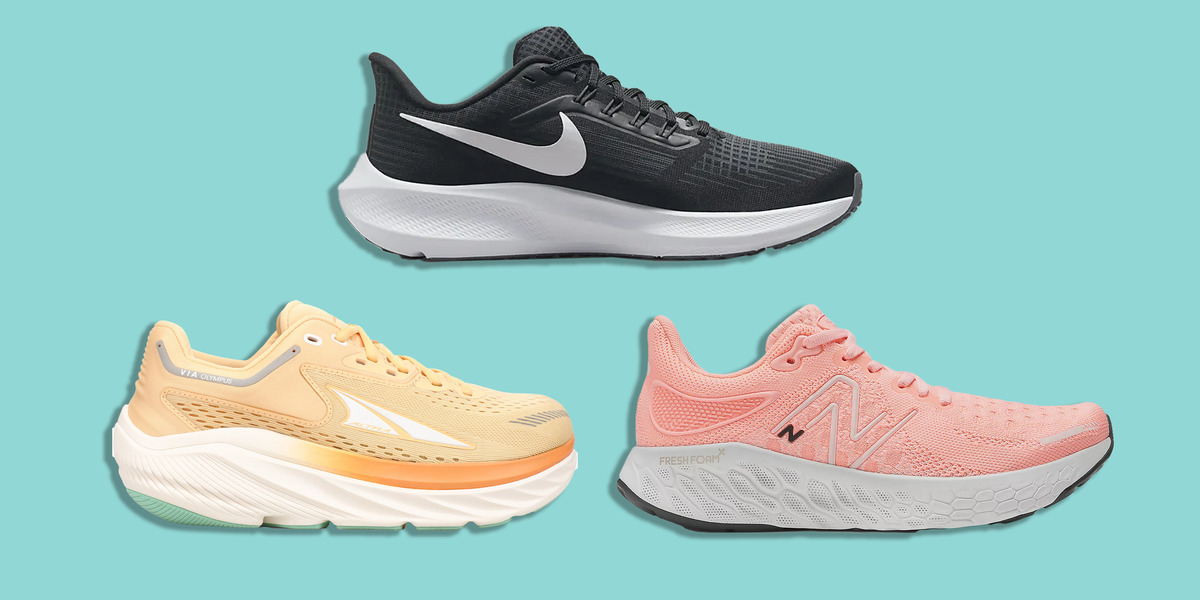

Featured
How To Find Best Running Shoes
Modified: May 22, 2024
Find the best running shoes for your feet with our featured selection. Improve your performance and stay comfortable during your runs.
Introduction
Choosing the right running shoes is crucial for any runner, whether you are a beginner or a seasoned athlete. The right pair of shoes can help prevent injuries, improve performance, and enhance overall comfort during your runs.
However, with so many options available on the market, finding the best running shoes can be a daunting task. It requires a deep understanding of your running style, foot type, pronation, and other factors that influence shoe selection.
In this comprehensive guide, we will walk you through the process of finding the best running shoes that suit your individual needs. We will provide you with valuable insights and tips to help you make an informed decision.
Whether you are a neutral runner, overpronator, underpronator, or somewhere in between, this guide will empower you to make the right choice. So, let’s lace up our shoes and dive into the world of finding the perfect running shoes!
Understanding Your Running Style
Before you start searching for the best running shoes, it’s essential to understand your running style. Every runner has a unique way of running, and factors like your gait and stride can impact the type of shoe that will work best for you.
One way to understand your running style is to observe your gait. Gait analysis involves evaluating how your feet and legs move while running. You can either visit a running specialist or record yourself running on a treadmill to analyze your gait.
Another aspect to consider is your stride. The stride length and frequency can vary from person to person. Some runners have a longer stride, while others take shorter, quicker strides.
Understanding your running style will help you determine the level of support and cushioning you need in a shoe. For instance, if you have a more pronounced foot strike, you may benefit from a shoe with additional shock absorption.
Additionally, consider your running goals and preferences. Are you planning to run long distances, participate in races, or simply enjoy leisurely jogs? This information will influence the features you should prioritize.
By gaining a clear understanding of your running style, you can narrow down your options and focus on shoes that are specifically designed to support your unique needs. Whether you’re a forefoot striker, a heel striker, or a midfoot striker, there is a shoe out there that can enhance your running experience.
Determining Your Foot Type
Understanding your foot type is crucial when selecting running shoes. Different foot types have distinct characteristics that require specific features and support.
One common method to determine your foot type is by performing the “wet test.” Wet the bottom of your feet, then stand on a piece of paper or a towel. Examine the imprint left behind to identify the shape of your arch.
There are three main foot types:
- High arches: If your footprint shows a narrow band or no connection between the ball of your foot and heel, you likely have high arches. People with high arches often require shoes with additional cushioning for shock absorption.
- Neutral arches: If you have a moderate curve along the inside edge of your foot, you have neutral arches. This is considered the most common foot type, and many shoe models are designed to support neutral arches.
- Low arches (flat feet): Flat feet leave a full imprint on the paper, indicating little to no arch. Those with low arches typically need shoes with more stability and motion control to prevent overpronation.
Determining your foot type will help guide your decision-making process when choosing running shoes. It will assist you in finding a shoe that provides the right level of arch support and stability for your feet.
Remember that this is a general guideline, and individual variations may exist. If you have any concerns or specific foot conditions, it’s always a good idea to consult a podiatrist or a running specialist for personalized advice.
Identifying Your Arch Height
Once you have determined your foot type, the next step in finding the best running shoes is identifying your arch height. The arch of your foot refers to the curve along the inner side of your sole.
There are three main types of arch heights:
- High arches: If you have high arches, the curve along the inner part of your foot is particularly pronounced. This type of arch usually means that your foot doesn’t provide enough natural shock absorption, so selecting shoes with extra cushioning is essential to reduce the risk of injuries.
- Neutral or medium arches: A medium arch is considered the most common and balanced type. It provides a good amount of shock absorption and stability, making it easier to find running shoes that can adequately support your feet.
- Low arches (flat feet): Flat feet have little to no arch, and the entire sole of your foot touches the ground. This can lead to overpronation and instability, so it’s important to choose shoes with motion control and arch support to provide stability and prevent foot fatigue.
To identify your arch height, you can refer back to the wet test or examine the wear pattern on your current shoes. If your shoes show excessive wear on the inside edges, you may have low arches. Conversely, if the wear is primarily on the outside edges, you may have high arches.
Keep in mind that everyone’s feet are unique, and you may find that you fall somewhere in between the three arch height categories. Nevertheless, understanding your arch height will help guide you toward the right type of running shoe that can provide optimal support and comfort for your feet.
Considering Your Pronation
Pronation refers to the natural inward rolling motion of the foot as it strikes the ground during running or walking. It is an essential part of the body’s shock absorption mechanism. Understanding your pronation type is crucial for selecting running shoes that provide the appropriate support and stability.
There are three main types of pronation:
- Neutral pronation: Neutral pronation occurs when the foot rolls slightly inward upon landing and evenly distributes the impact. Runners with neutral pronation have a balanced foot strike, making it easier to find a wide range of running shoes that offer both cushioning and stability.
- Overpronation: Overpronation happens when the foot excessively rolls inward upon landing. This can lead to an unstable gait and increased stress on the feet, ankles, and knees. Runners with overpronation often benefit from shoes with motion control features and extra arch support to help correct the excessive inward rolling motion.
- Underpronation (supination): Underpronation occurs when the foot doesn’t roll inward enough or stays on the outer edge. This can result in limited shock absorption and potential strain on the muscles and joints. Runners with underpronation typically benefit from shoes with extra cushioning to compensate for the reduced natural shock absorption.
To determine your pronation type, you can perform a simple observation or seek a professional gait analysis. Look for visual cues, such as the wear pattern on your current shoes. Overpronators tend to have excessive wear on the inner edges, while underpronators may have wear on the outer edges.
Knowing your pronation type will help you choose running shoes that provide the appropriate level of stability and support. It’s important to find a shoe that aligns with your natural gait and helps maintain proper foot alignment throughout your stride.
Knowing Your Running Terrain and Distance
When selecting running shoes, it’s essential to consider the type of terrain and the distance you plan to cover. Different surfaces and distances require specific features to ensure optimal performance and protection.
If you primarily run on roads or paved surfaces, you’ll want to look for road running shoes. These shoes are designed with ample cushioning to absorb shock from hard surfaces, and they typically have a smooth outsole for better traction on concrete or asphalt.
On the other hand, if you prefer trail running or plan to tackle off-road terrains, trail running shoes are the ideal choice. These shoes offer more aggressive outsoles with deep lugs for enhanced grip on uneven surfaces. They also provide added protection to shield your feet from rocks, roots, and other obstacles you may encounter on the trail.
Consider the distance you typically run as well. If you’re an occasional jogger or prefer shorter distances, you may opt for lightweight and flexible shoes that prioritize responsiveness. However, if you’re training for a marathon or regularly run long distances, you’ll likely benefit from shoes with more cushioning to provide extra comfort and support during extended periods of activity.
By understanding your running terrain and the distances you typically cover, you can narrow down your options and focus on shoes specifically designed to meet the demands of your preferred running conditions. This will not only improve your performance but also reduce the risk of discomfort or injury.
Analyzing Your Cushioning Needs
Cushioning is a critical aspect to consider when choosing running shoes. It plays a significant role in absorbing impact, reducing pressure on your joints, and enhancing overall comfort during your runs.
Everyone has different cushioning needs based on factors such as body weight, running style, and personal preference.
If you’re a heavier runner or require more shock absorption, you may lean toward shoes with maximum cushioning. These shoes typically feature thick midsoles and ample padding to provide excellent shock absorption and alleviate stress on your feet and joints.
On the other hand, if you prefer a closer-to-the-ground feel or have a lighter body weight, you may opt for shoes with a minimal cushioning design. These shoes offer a more responsive and natural running experience but provide less padding for impact protection.
For most runners, a balance between cushioning and responsiveness is usually desired. This can be found in shoes with moderate cushioning, providing a comfortable ride without sacrificing too much ground feel or responsiveness.
Consider your running goals and the surfaces you typically run on. If you primarily run on hard surfaces like concrete, you may want to prioritize shoes with ample cushioning to minimize the impact of each stride. Conversely, if you primarily run on softer surfaces like trails or grass, you may be able to opt for shoes with slightly less cushioning.
Ultimately, analyzing your cushioning needs is a personal decision that depends on your comfort level and running preferences. Trying on different shoes and gauging how they feel during your runs will allow you to find the optimal balance of cushioning and responsiveness for your needs.
Choosing the Right Shoe Brand
When it comes to running shoes, there are numerous brands to choose from, each offering their own unique features, technologies, and design philosophies. Selecting the right shoe brand can make a significant difference in your running experience.
There are several well-known and reputable brands in the running shoe industry, such as Nike, Adidas, Brooks, New Balance, Asics, and many more. Each brand has its strengths and focuses on different aspects of running shoe design.
Consider the following factors when choosing a shoe brand:
- Reputation and Reviews: Look for brands that have a strong reputation for quality and reliable performance. Research online reviews and ratings to get insights from other runners who have experienced their shoes.
- Technologies and Innovations: Different brands offer various technologies and innovations aimed at improving cushioning, stability, responsiveness, or other aspects of running performance. Explore the technologies and features that align with your specific needs.
- Fit and Comfort: Some runners find that certain brands tend to fit their feet better due to variations in shoe shape and sizing. Experimenting with different brands can help you find the one that offers the best fit and overall comfort for your feet.
- Specialization: Some brands specialize in specific types of running shoes or cater to specific foot types or running styles. Consider if a brand’s specialization aligns with your needs and preferences.
- Budget: Different brands offer shoes at varying price points. Determine your budget and look for brands that offer quality options within your price range.
Keep in mind that while brand reputation can be a helpful factor in decision-making, it’s essential to prioritize your own comfort and needs above all. Trying on different shoes from various brands and assessing how they feel and perform during your runs will ultimately guide you to the right shoe brand for you.
Trying Different Models and Sizes
Once you have narrowed down your search to a few preferred shoe brands, the next step is to try different models and sizes within those brands. Even within a single brand, there can be variations in fit and performance across different shoe models.
When trying on running shoes, follow these tips:
- Visit a Specialty Running Store: Specialty running stores often have knowledgeable staff who can guide you in selecting the right shoes based on your needs and provide valuable insights. They may also offer gait analysis or expert advice to help you make an informed decision.
- Try on Shoes in the Afternoon or Evening: Your feet tend to swell throughout the day, so it’s best to try on shoes in the afternoon or evening when your feet are at their largest. This will ensure a more accurate fit.
- Wear Appropriate Socks: Bring along the type of socks that you typically wear for running. This will help you assess the overall fit and comfort of the shoes when worn with your preferred socks.
- Take Your Time: Spend sufficient time trying on shoes and walking or jogging around the store to get a sense of how they feel. Pay attention to any areas of discomfort or pressure points.
- Consider Half or Full Size Up: Running shoe sizes can vary between brands and models. Don’t be afraid to try shoes in different sizes, including half or full sizes up or down, to find the best fit. Shoes should have a snug, yet comfortable, fit without any areas of excessive tightness or slippage.
- Pay Attention to Width: Shoe width can also differ between models. If you have wider or narrower feet, consider trying shoes in different widths to ensure a proper fit.
Remember that the right running shoe should feel comfortable, supportive, and allow for natural movement. By trying different models and sizes, you can find the ideal shoe that works best for your feet and running style.
Seeking Expert Advice
While researching and trying on different running shoes can provide valuable insights, seeking expert advice can further enhance your decision-making process. Running specialists, podiatrists, and experienced staff at specialty running stores can offer valuable guidance based on their knowledge and expertise.
Here are a few reasons why seeking expert advice can be beneficial:
- Gait Analysis: Professionals can perform a gait analysis to assess your running style, foot strike, and pronation. This analysis can help identify any biomechanical issues that may impact your shoe selection.
- Individualized Recommendations: Experts can provide personalized recommendations based on your specific needs, such as your foot type, running style, and any existing foot conditions or injuries.
- Product Knowledge: Specialists have in-depth knowledge of different shoe brands, models, and technologies. They can provide information on the features and benefits of different shoes and help you choose the right option for your requirements.
- Fitting Guidance: Experts can assist in finding the right shoe size and width for your feet. They can also offer insights on how the shoes should feel and fit during different stages of your run.
- Additional Tips and Resources: Professionals can provide tips on shoe care, maintenance, and any complementary accessories that may enhance your running experience.
Whether you visit a specialty running store, a podiatrist, or consult with an online running community, seeking expert advice can give you a deeper understanding of your running needs and help you make a more informed decision.
Remember to communicate openly with the experts, share any concerns or issues you have, and ask questions. Their expertise and guidance can play a vital role in finding the best running shoes that suit your individual requirements and goals.
Conclusion
Choosing the best running shoes is a process that requires careful consideration of various factors. By understanding your running style, foot type, pronation, and other relevant factors, you can make an informed decision that enhances your running performance and comfort.
Start by understanding your running style and gait through observation or professional analysis. Determine your foot type and arch height to guide your selection towards shoes that provide the necessary support and stability.
Consider your pronation type to find shoes that correct any excessive rolling motion and maintain proper foot alignment. Assess the running terrain and distance you typically cover to find shoes that are designed for the specific challenges you may encounter.
Analyze your cushioning needs based on your body weight, running style, and preferences. Experiment with different shoe brands known for their quality, fit, and performance. Try on multiple models and sizes to find the perfect fit for your feet.
Lastly, seek expert advice from professionals who can provide personalized recommendations and valuable insights. Their expertise can further guide you in making the right choice for your running needs.
Remember, finding the best running shoes is a highly individual process. What works for someone else may not work for you. Trust your own comfort and intuition as you prioritize fit, support, and cushioning.
So lace up your shoes, hit the road, and enjoy your running journey with the confidence that comes from having found the perfect pair of running shoes.
